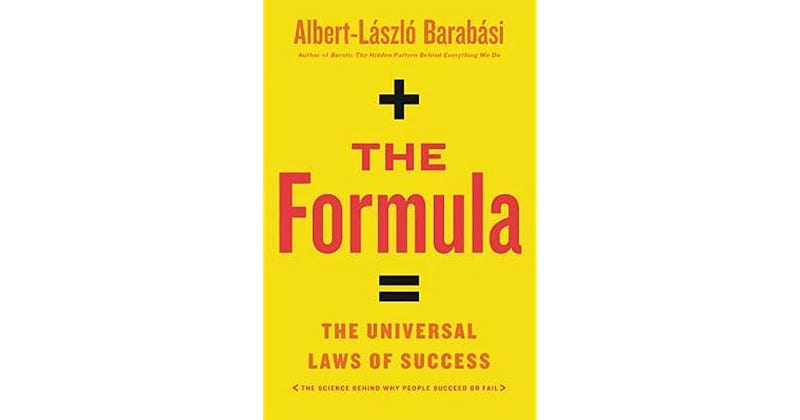Connections in Chaos: Breaking Down Networks with Professor Barabási
By Jennifer Garland, Applied Physics, 2021

This article was originally published as part of Issue 37: Interaction.
NU Sci spoke with Albert-László Barabási, director of the Center for Complex Network Research (CCNR) and Distinguished University Professor at Northeastern. As a pioneer and current innovator in network science, Barabási shared about the evolution of the field and his new book, The Formula.
Can you give an overview of network science and its applications?
We are surrounded by networks in a way that you may not even appreciate right away. Many of the interactions we have on a day-to-day basis are determined — our social life, our professional life, our success — on a certain level. We communicate with inter-structured networks like the Internet and cell phone networks that allow us to get in touch with each other. Our consciousness is determined by neural networks, and even our biological systems.
Science came along about twenty years ago to try to formalize the role of networks and develop a language through which we can talk about, as well as quantify, these networks and understand their properties.
Your background is in physics. What led you to networks, especially since it was a new field?
I’m coming from the field of statistical mechanics where the toolset we have is used to understand why the apparently random motion of many particles can lead to measurable quantities like pressure and temperature. That is, how you [start with] many independent properties and discover order behind them. This is actually the type of thinking that turns out to be very useful in network science, because the way networks form [and operate] is through many individual decisions that are apparently disconnected from each other.
What questions were you trying to answer while pursuing network science?
The questions I was asking early on are “what do real networks look like?” — let’s get maps of real networks [so] that we can analyze and understand their organization — and “what are the laws that govern them?”
We are still asking the same questions twenty years later, but it’s much more sophisticated with much better data. People who had [data] did not appreciate the importance of networks, but eventually around ’98, ’99, we were able to do the first publicly-available mapping of the World Wide Web. Much of the work preceding ours had been theoretical, people building models of networks. Around 2000, with the Internet, large data sets became available to the community for study.
What is your new book, The Formula, about?
In the last ten years, we have been working in the lab on what we call [the] “science of success.” This was researched by a physics PhD student in my lab, and we wondered if we could take advantage of the huge amount of data out there in scientific literature, about publications and citations, to quantify the career of an individual and eventually predict success.
The idea of the book is that your performance is entirely yours, but your success is provided by us, because success is really the community’s reflection of your performance. The problem is that in most areas, it’s impossible to measure objectively how good you are. There are lots of other factors that determine your success, not only your performance.
What we did in the lab in the last few years is figuring out when and under what conditions performance connects to [and drives] success and what happens when it doesn’t. The Formula is a summary of the main findings of this research from the whole community, who, in the last ten years, has been using big data methods to understand success in different areas.
What do you see for the future of network science?
While the last ten years has focused on network topology, I foresee a major shift towards thinking about network dynamics. What processes take place on these networks, and what are the commonalities between the different dynamical properties? Is it possible that there is a deeper mathematical theory that captures all of these under a single umbrella? If there is, what is that, and how do we discover that?
